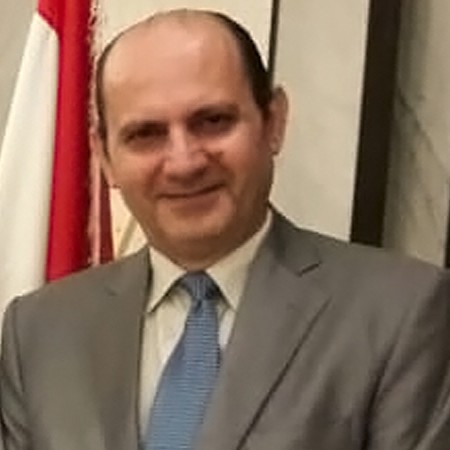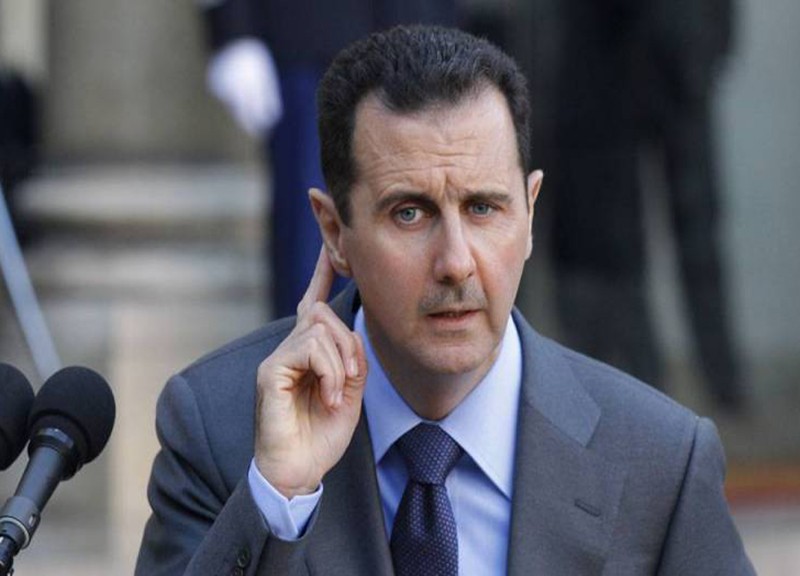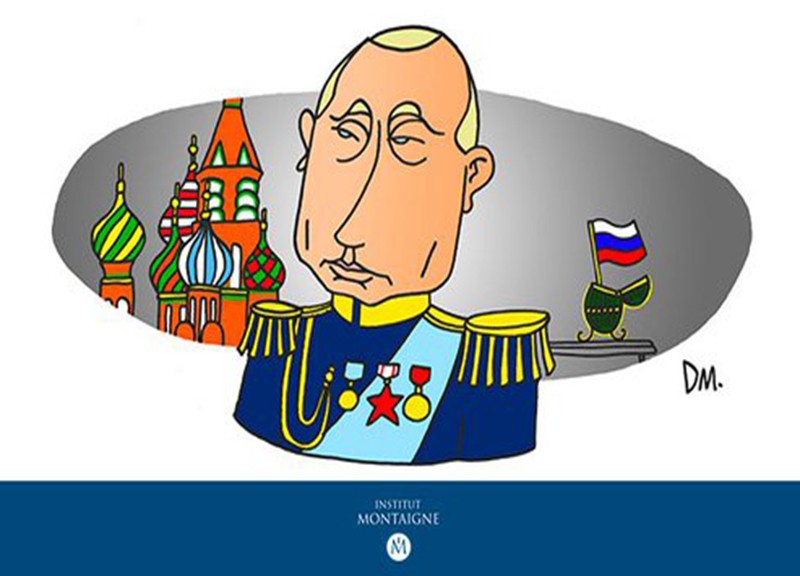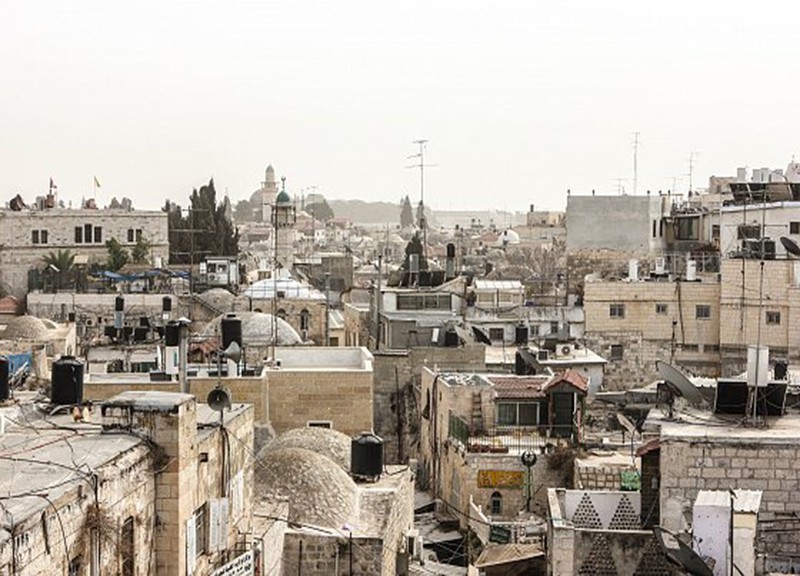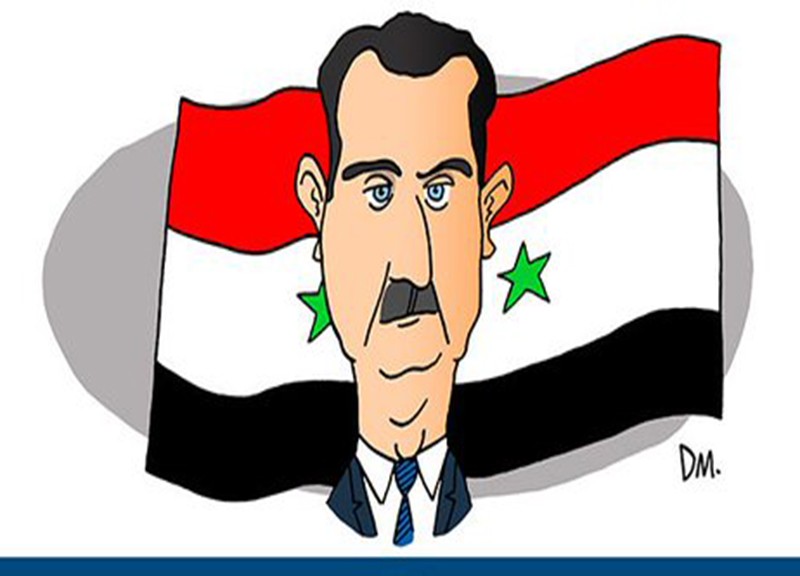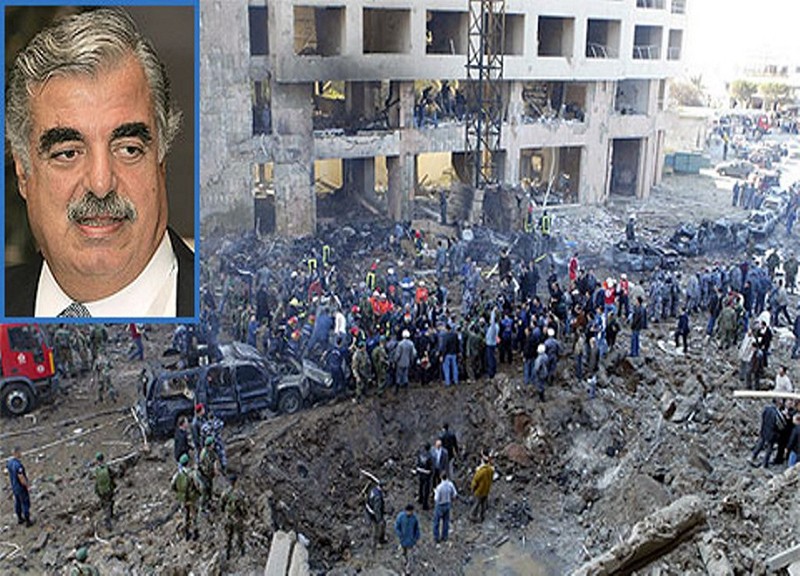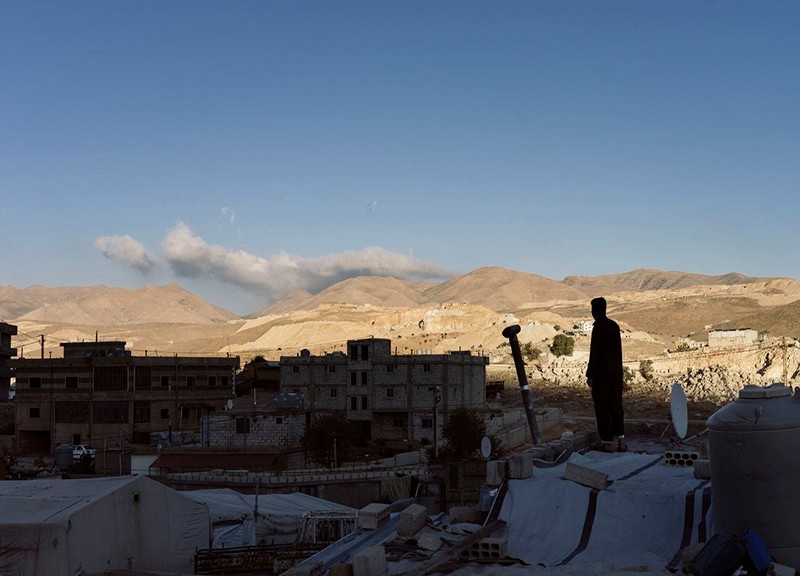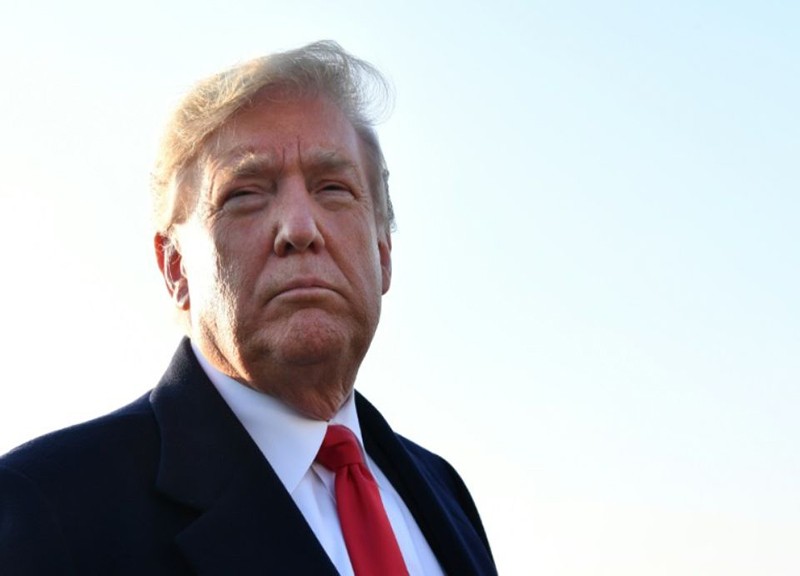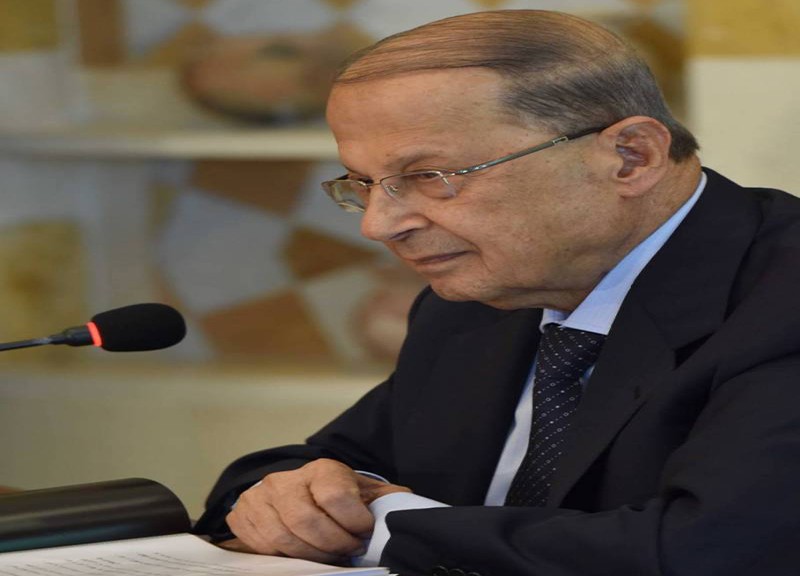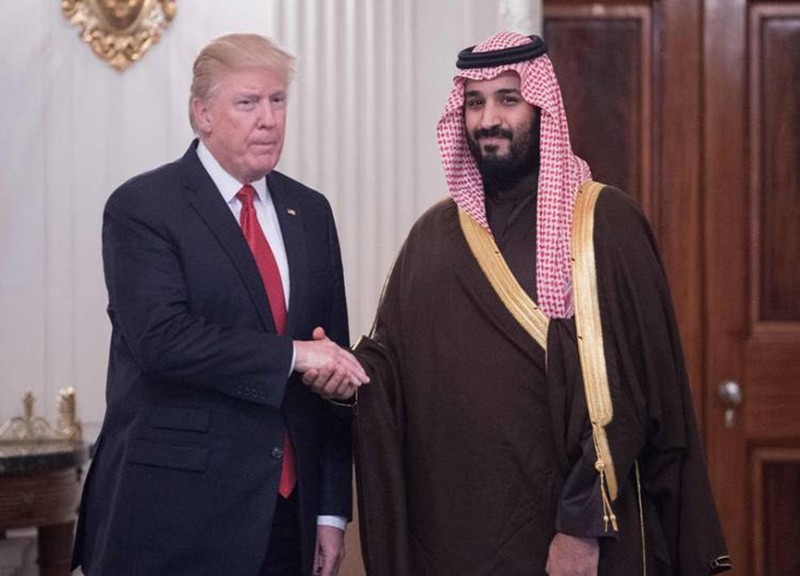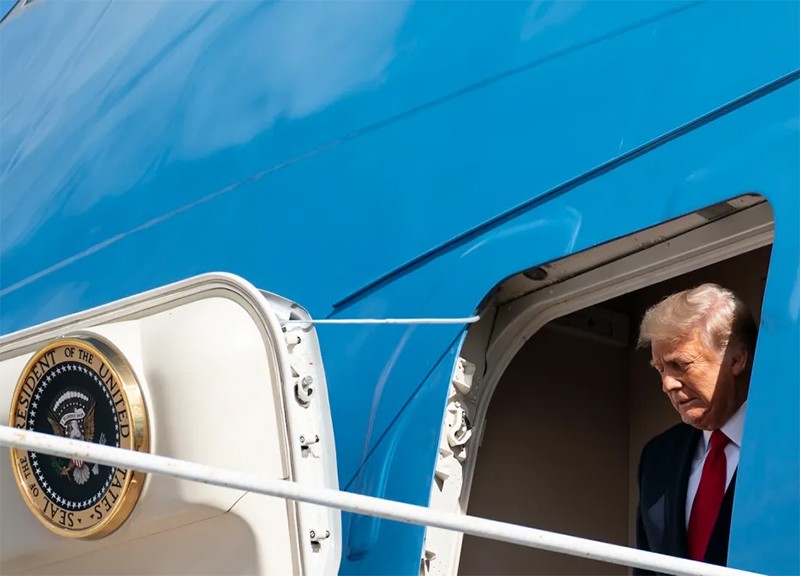
For a leader with fewer conservative bona fides, such a bold diplomatic initiative would be politically untenable.
By Sina Azodi, a professorial lecturer of international affairs at the George Washington University’s Elliott School of International Affairs specializing in Iran’s nuclear program and national security.FOREIGN POLICY.
When preparing for his historic trip to China in 1972, U.S. President Richard Nixon made handwritten notes. Among them were scribblings under the headings “What they want” and “What we want.” Nixon and his talented national security advisor, Henry Kissinger, made history with that trip and by opening to China, a country that had been isolated and disconnected from the United States for decades. Having built much of his political career on opposing communist influence—particularly during his tenure in Congress and as vice president—Nixon possessed the credibility to engage with China without being accused of weakness. For a leader with fewer conservative bona fides, such a bold diplomatic initiative would have been politically untenable.
This paradoxical combination of hawkish reputation and pragmatic diplomacy led to the adage “Only Nixon can go to China,” highlighting the unique circumstances and character that enabled a historic rapprochement.
For the isolated Chinese government, a rapprochement with Washington was necessary because the ideological and geopolitical rift between China and the Soviet Union had deepened by the late 1960s and border clashes in 1969 along the Ussuri River only highlighted the increasing hostilities between the two nations. Domestically, China’s economy was also struggling, and improved relations with the United States promised avenues for economic engagement and modernization.
Similar to Nixon and his hawkish views on communism, U.S. President-elect Donald Trump is widely known to be hawkish on Iran. He withdrew from the Joint Comprehensive Plan of Action (JCPOA) and reimposed U.S. economic sanctions under the so-called maximum pressure campaign, claiming that Iran under such an economic chokehold would seek a “better” deal. He also took the unprecedented step of assassinating Qassem Suleimani, the commander of Iran’s paramilitary Quds Force, in January 2020.
However, despite his harsh rhetoric, Trump has repeatedly claimed that he is not seeking a regime change in Iran and also that he wants to have better relations with the country. On the campaign trail last year, he also identified the use of nuclear weapons as “the single biggest threat to the world.” While in office, he repeatedly tried to talk to Iran’s leadership, including making an attempt in August 2019 to meet with then-Iranian Foreign Minister Mohammad Javad Zarif in France and in September 2019 with Iran’s then-president, Hassan Rouhani. After leaving office, Trump has expressed interest in transforming U.S.-Iranian relations. Last August, for example, he stated, “I’m not looking to be bad to Iran. … We’re going to be friendly, but they can’t have a nuclear weapon.” That friendliness did not come through during Trump’s first term for several reasons.
First, while Trump himself was interested in talking to the Iranians, he was surrounded by ideological hawks, such as Secretary of State Mike Pompeo and National Security Advisor John Bolton, who had been advocating for “bombing Iran” for years. In 2014, for example, Pompeo had proposed bombing Iran’s nuclear facilities by stating that “it’s under 2,000 [flight] sorties to destroy the Iranian nuclear capacity.” Similarly, Bolton had in the past called for bombing Iran’s nuclear program. Both individuals played a pivotal role in undermining diplomacy between the two countries. For example, when Sen. Rand Paul, ostensibly on behalf of Trump, invited Zarif to the Oval Office in July 2019, Bolton, according to his memoir, prepared his resignation letter. While Zarif, acting on Tehran’s orders, rejected the invitation and was sanctioned for it, the episode nonetheless highlights the extent to which Bolton opposed diplomacy with Iran. Furthermore, Zarif’s latest memoir, The Audacity of Resilience, sheds light on how Pompeo personally intervened to block the so-called Moscow Initiative in July 2020, when Iran and the United States would take reciprocal measures to resolve the issues pertaining to sanctions relief and Tehran’s nuclear program. Thanks to the chief diplomat’s intervention, the opportunity for diplomacy between Tehran and Washington collapsed again.
Second, in Trump’s first term, Iran’s geostrategic position was far more favorable compared with now, and Tehran saw no need to talk to the United States or to de-escalate tensions in the region. In fact, it did the opposite. When then-Japanese Prime Minister Shinzo Abe went to Tehran in June 2019 as an intermediary between Iran and the United States, Supreme Leader Ayatollah Ali Khamenei pointedly rejected any talks with Washington, stating that “I do not consider Trump as a person worth exchanging any message with, and I have no answer for him, nor will I respond to him in the future.” In September 2019, the Iran-backed Houthi rebels struck two key oil installations inside Saudi Arabia, suspending half of the country’s daily production. In short, Tehran adopted a confident and assertive stance, maintaining an offensive posture in its regional activities. Concurrently, it began expanding its nuclear capabilities, ditching the nuclear agreement’s limitations.
Trump’s second term presents a unique opportunity to redefine U.S.-Iranian relations. With ideological hard-liners such as Bolton and Pompeo no longer in his administration, Trump has assembled a team of loyalists aligned with his vision. This shift not only removes key obstacles to diplomacy but also creates a pathway for a recalibrated approach to Tehran that prioritizes transactional agreements over ideological rigidity.
The nomination of Sen. Marco Rubio as secretary of state and appointment of Rep. Mike Waltz as national security advisor underscore Trump’s preference for allies who share his broader vision. While Rubio, a former rival and foreign-policy hawk, has evolved into a staunch supporter, Waltz brings a background as a China hawk and advocate of Trump’s maximum pressure campaign. Despite their hawkish reputations, both have demonstrated a willingness to support Trump’s agenda, increasing the likelihood of alignment on a potential deal with Tehran. Nonetheless, Trump could face pressure from Republicans in the Senate, such as Sen. Tom Cotton, a staunch Iran hawk. In dealing with disrupters, Trump should do what he does best: trust his instincts and not bow to political pressure.
Iran’s strategic environment has also deteriorated in the past year, and it no longer enjoys the freedom of action that it enjoyed in Trump’s first term. Since last April, Iran’s nonstate allies in the region, namely Hezbollah, have been severely weakened, and their leadership has been decapitated by Israel. With the pillars of its forward defense strategy in tatters, Iran faces serious predicaments in its national security policies. Tehran could decide to translate its nuclear threshold status into a physical arsenal and test a nuclear weapon. However, that would risk a preventive strike by Israel and the United States, which have repeatedly declared that they would not tolerate a nuclear-armed Iran.
Domestically, too, Iran is in dire need of sanctions relief and modernization. The Iranian economy, after years of being under severe economic pressure, has been destroyed, and its currency has lost much of its value against the dollar. Furthermore, Iran needs investments in its infrastructure, especially in the energy sector. The Iranian leadership is cognizant of the current situation. In fact, current President Masoud Pezeshkian ran on the platform of negotiations to lift the sanctions. While Iran weathered the storm in Trump’s first term, another four years of maximum pressure, combined with regional tensions, will not be sustainable. Therefore, the Iranians are susceptible to a deal. In fact, evidence suggests that officials have already begun making contact with the incoming Trump administration by meeting Elon Musk, who enjoys close relations with the president-elect.
The experiences of the Obama and Biden administrations highlight the inherent challenges that Democratic leaders often face in achieving breakthroughs with adversarial nations like Iran. Both administrations pursued diplomacy—Barack Obama through the JCPOA and Joe Biden in efforts to revive it—but were criticized for appearing weak and “appeasing” Iran. By contrast, Trump’s assertive approach and his reshaping of his national security team in his second term make him, like Nixon with China, uniquely positioned to reach an agreement with Iran.
In any potential deal with the United States, Iran will prioritize two key demands: sanctions relief to stabilize its economy and the preservation of a domestic uranium enrichment program. While the era of zero enrichment in Iran has long passed, negotiating strict caps on enrichment levels remains a pathway for Washington. These caps would limit enrichment to nonmilitary purposes, extending Iran’s breakout time while ensuring robust international monitoring to verify compliance. By balancing Iran’s insistence on retaining enrichment with international concerns over nuclear proliferation, an agreement could address the priorities of both sides.
While under the JCPOA Iran’s breakout time—the amount of time needed to produce enough fissile material for one nuclear weapon—was 12 months, it has now been reduced to likely just one to two weeks. As part of these efforts, Washington could demand that Iran ratify its Additional Protocol agreement with the International Atomic Energy Agency, ensuring greater transparency and compliance.
Beyond the nuclear issue, the United States could also press Iran to scale back its activities in the Middle East, particularly its support for proxy forces such as Hezbollah and the Houthis, which directly threaten regional stability and Israel’s security. With considerable influence over Hezbollah, Iran has the capacity to facilitate the group’s transformation into a primarily political organization—an offer that was reportedly transmitted to the United States in the early 2000s but left unheeded. While Iran’s ties to Hezbollah are far more entrenched, it also exerts meaningful influence over the Houthis, shaping their role in the region’s broader power dynamics. A diplomatic approach that integrates these considerations could lay the groundwork for a more stable Middle East.
Like Nixon’s historic overture to China, Trump faces a pivotal moment with the potential to redefine U.S.-Iranian relations and leave a lasting mark on U.S. foreign policy. A détente remains unlikely, given the entrenched animosities between Washington and Tehran, but targeted, transactional agreements that prioritize mutual interests could yield meaningful results. Such an approach offers an opportunity to de-escalate tensions in the Middle East, creating space for the United States to recalibrate its strategic focus—particularly on countering China’s growing global influence. Though unlikely to resolve all disputes, this pragmatic approach could fundamentally alter the trajectory of U.S.-Iranian relations and advance long-term U.S. strategic objectives in a complex and volatile region.




